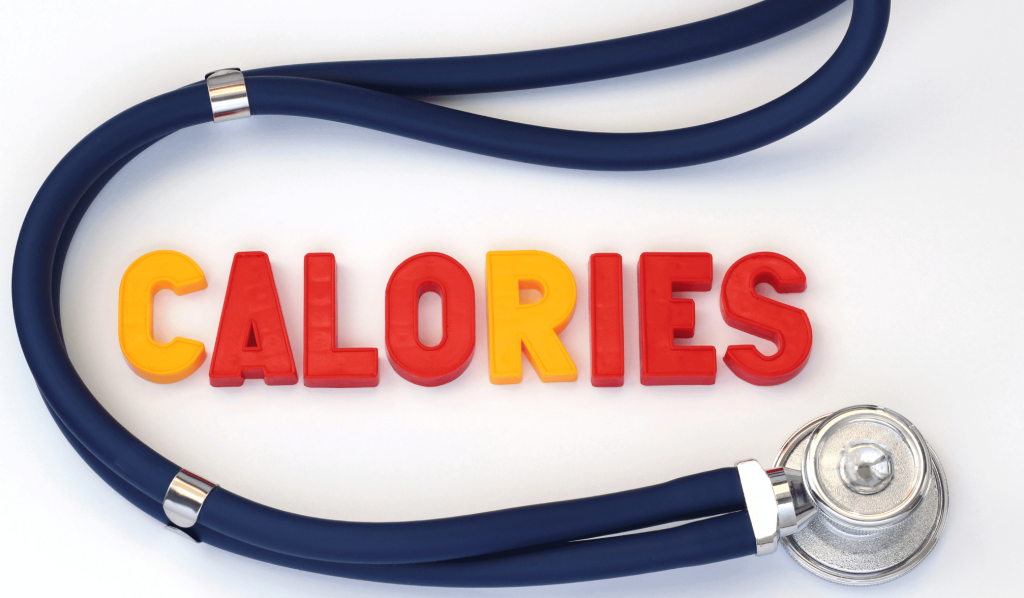You’re eating 1500 calories a day and burning 1000 through exercise. Simple math says you’re ahead, but is it that straightforward? The truth is, the numbers on your fitness app tell only part of the story.
In this article, we’ll unpack the often-overlooked factors that can tip the scales of your caloric equation.
From your body’s natural calorie-burning processes to the quality of the calories you consume, get ready for a deep dive into what those numbers really mean for your health and fitness goals.
Understanding 1500 Calories In, 1000 Calories Out
The Common Misconception
Many people assume that eating 1500 calories while burning 1000 through exercise results in a caloric surplus. This notion stems from a simplified understanding of caloric balance, overlooking the body’s natural energy expenditure. In reality, the equation is more nuanced.
Your Body’s Natural Caloric Expenditure

Your body continually burns calories to maintain essential functions like breathing and circulation, known as your Basal Metabolic Rate (BMR).
According to Everyday Health, the average adult woman expends between 1,600 to 2,400 calories per day, and the average adult man expends between 2,000 to 3,000.
These averages are based on specific demographic metrics: for American women, the average height is 5 feet 4 inches with a weight of 170.6 lbs, and for American men, the average height is 5 feet 9 inches with a weight of 197.6 lbs.
Therefore, your individual caloric needs may vary depending on how your height and weight compare to these averages.
The True Caloric Balance
When you factor in your BMR and the calories burned through daily activities, the 1000 calories burned through targeted exercise are part of a larger equation. For most people, this would actually result in a caloric deficit, not a surplus.
For instance, if your BMR is 1800 calories, this is the energy your body needs for basic functions like breathing and maintaining body temperature.
When you add the 1000 calories burned through targeted exercise, your total caloric expenditure for the day would be 2800 calories.
In this scenario, consuming 1500 calories would place you in a caloric deficit of 1300 calories, not a surplus.
Nutritional and Health Implications
Quality Over Quantity

While it’s tempting to focus solely on the caloric numbers, the quality of the calories consumed is equally crucial.
A restricted diet of 1500 calories demands nutrient-dense foods to meet your body’s needs.
Opting for empty calories can lead to nutrient deficiencies, affecting everything from energy levels to immune function.
To mitigate this risk, prioritize foods rich in essential nutrients like fruits, vegetables, lean proteins, and whole grains.
Macronutrients and Micronutrients
When you’re burning 1000 calories through exercise, the types of macronutrients you consume become vital for both fuel and recovery.
Protein aids in muscle repair, fats provide long-lasting energy, and carbohydrates act as a quick energy source.
But don’t overlook micronutrients—vitamins and minerals like Vitamin D, calcium, and iron are essential for metabolic processes and overall well-being.
A balanced intake of macronutrients and micronutrients ensures that you’re not just meeting caloric goals but also nourishing your body effectively.
Sustainability and Risks
Is This Approach Sustainable?

Maintaining a regimen where you consume 1500 calories and burn 1000 through exercise presents both physical and psychological challenges.
The intensity required to burn 1000 calories can lead to physical fatigue, while the restricted caloric intake can affect mood and mental sharpness. This combination raises the risk of “burnout,” a state of physical and emotional exhaustion.
To avoid burnout, it’s essential to listen to your body, incorporate rest days, and consider cycling periods of higher caloric intake with lower ones.
Health Risks and How to Mitigate Them
The approach carries inherent risks, such as overtraining and nutrient deficiencies.
Overtraining can lead to injuries and compromise immune function, while nutrient deficiencies can have long-term health implications. Experts recommend regular medical check-ups and blood tests to monitor nutrient levels.
Additionally, consult a healthcare provider or a certified nutritionist to tailor your diet and exercise plan to your specific needs, thereby minimizing risks.
Individual Variability and Personalization
Why One Size Doesn’t Fit All
The notion of eating 1500 calories and burning 1000 might seem straightforward, but individual factors can significantly alter this equation.
Age, sex, metabolic rate, and even your daily activity level play a role in how your body processes calories.
For instance, a young male athlete and a middle-aged sedentary woman will have vastly different caloric needs and expenditure rates.
Therefore, it’s crucial to understand that this approach may yield different results for different people.
The Role of Personalized Guidance

Given the variability in how individuals respond to caloric intake and expenditure, personalized guidance becomes invaluable.
Consulting healthcare providers or certified nutritionists can offer insights tailored to your specific needs.
Additionally, the advent of wearable tech and tracking apps provides real-time data, allowing for more accurate and personalized tracking of both caloric intake and expenditure.
These tools can help fine-tune your approach, ensuring that your efforts are both effective and sustainable.
Conclusion
You’ve journeyed through the complexities of eating 1500 calories and burning 1000, and hopefully, you’ve gained valuable insights that go beyond the numbers.
Understanding your body’s caloric needs is a nuanced process, influenced by various factors from your BMR to the quality of your diet.
Now that you’re armed with this knowledge, you’re better equipped to make informed decisions for your health and fitness journey.
We’d love to hear your thoughts, experiences, or questions on this topic. Feel free to drop a comment below.

